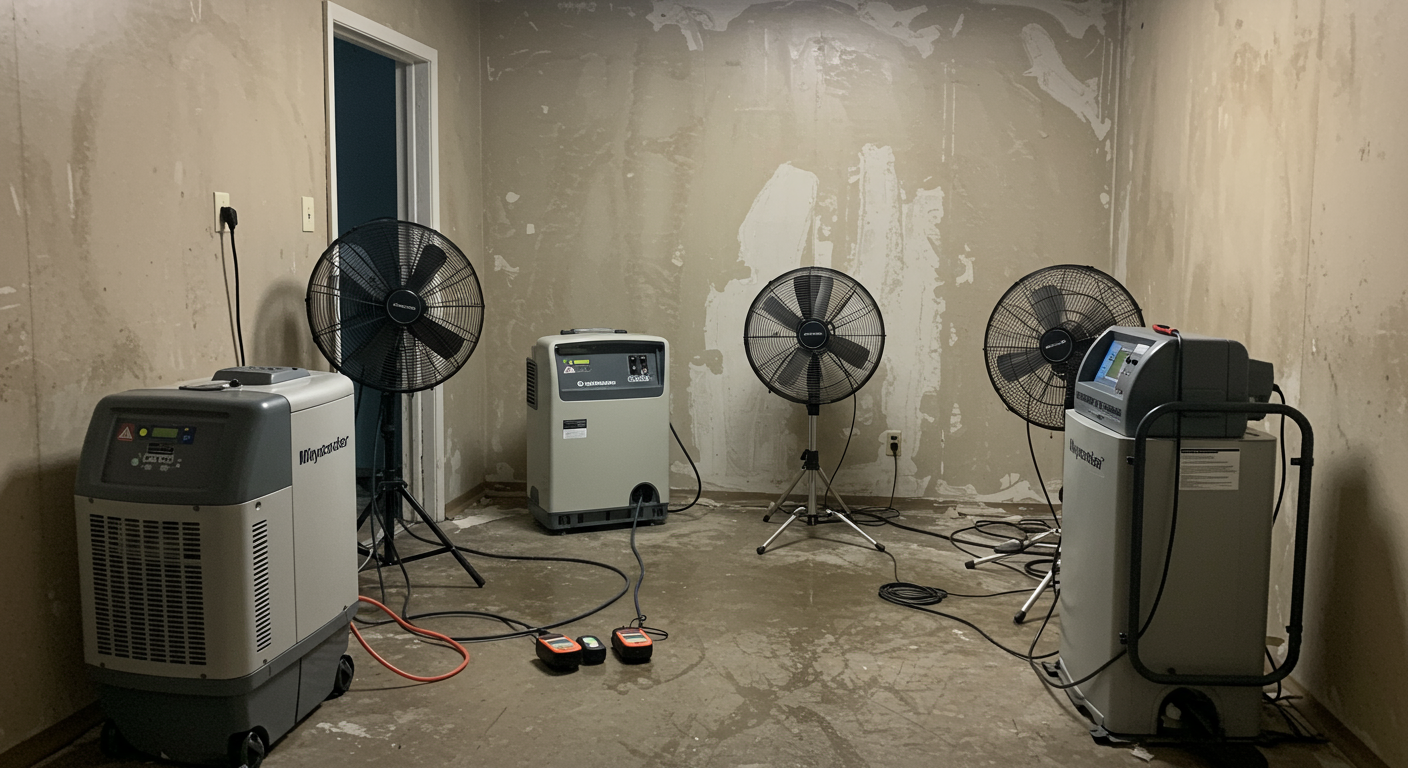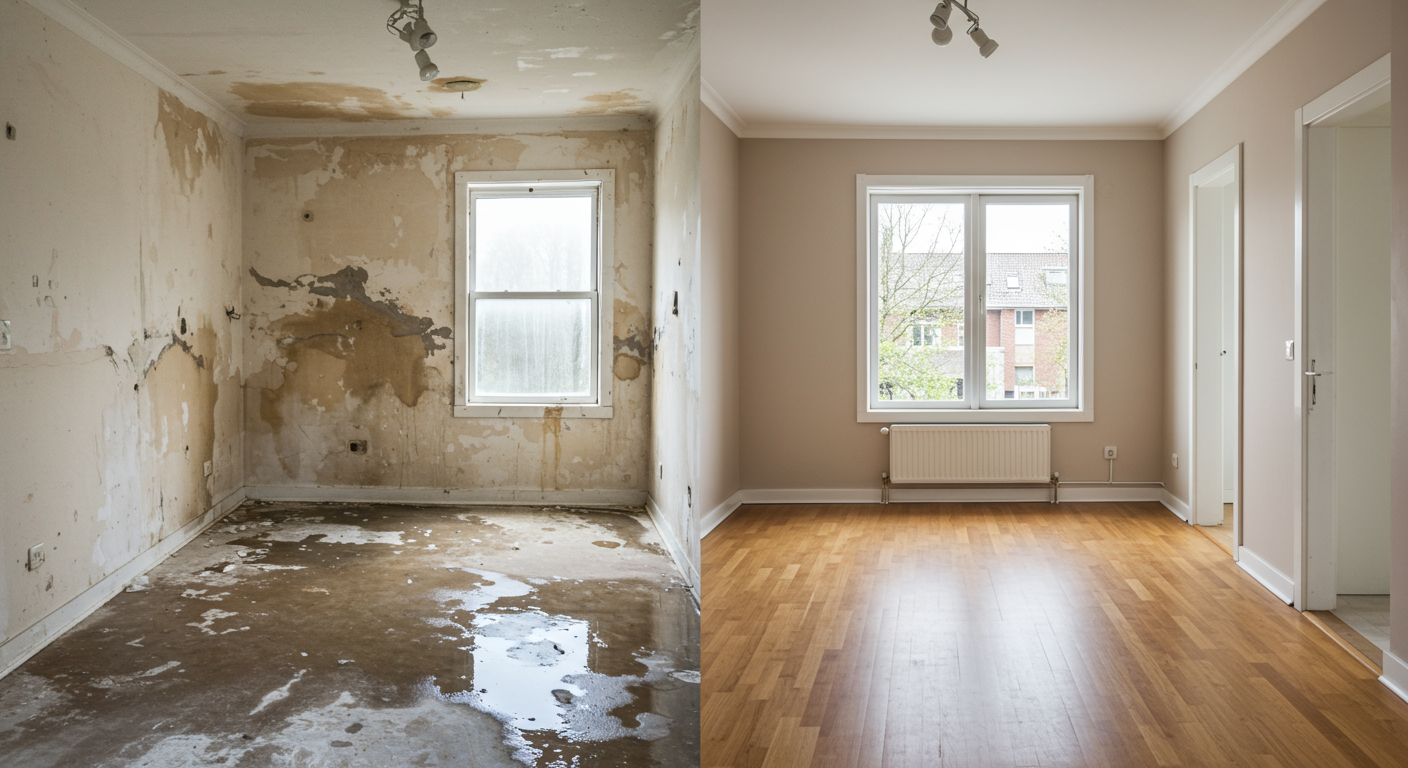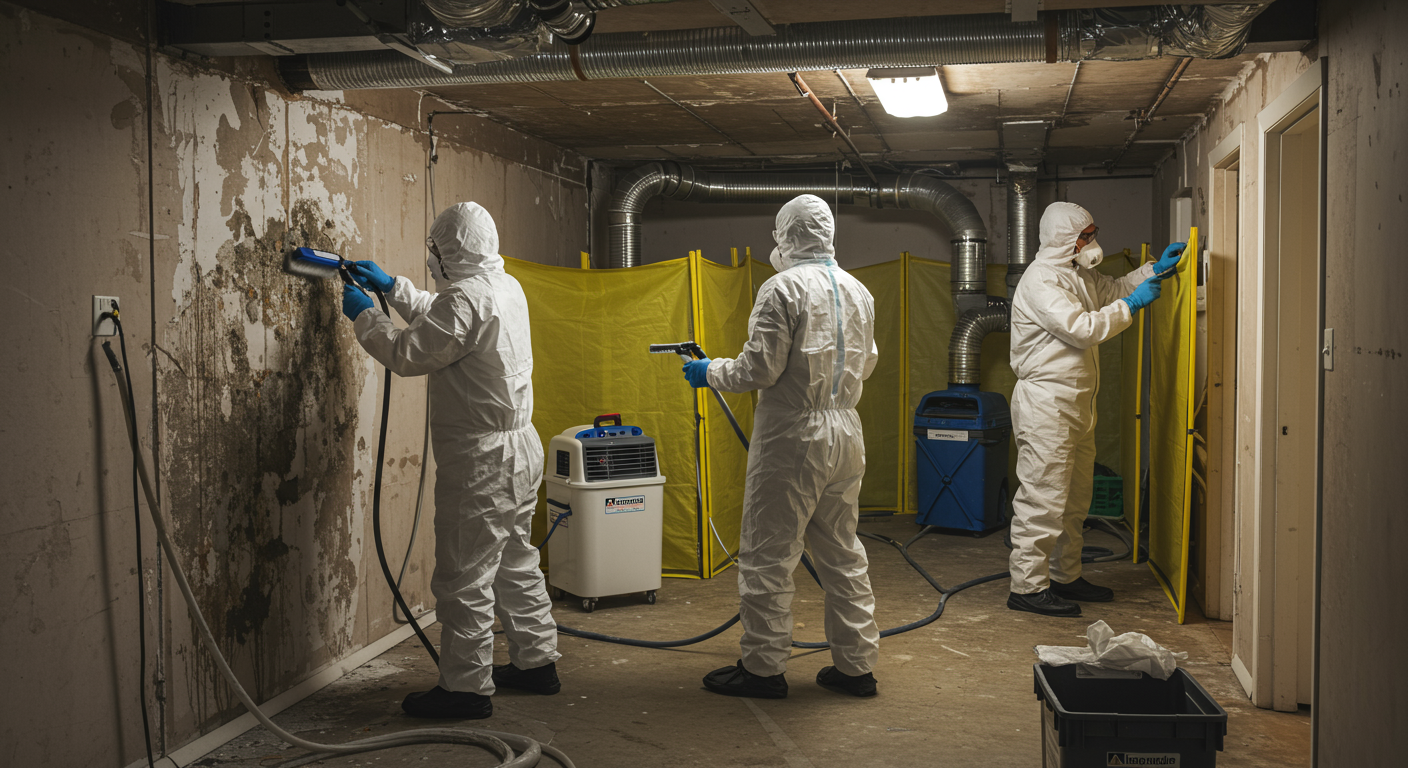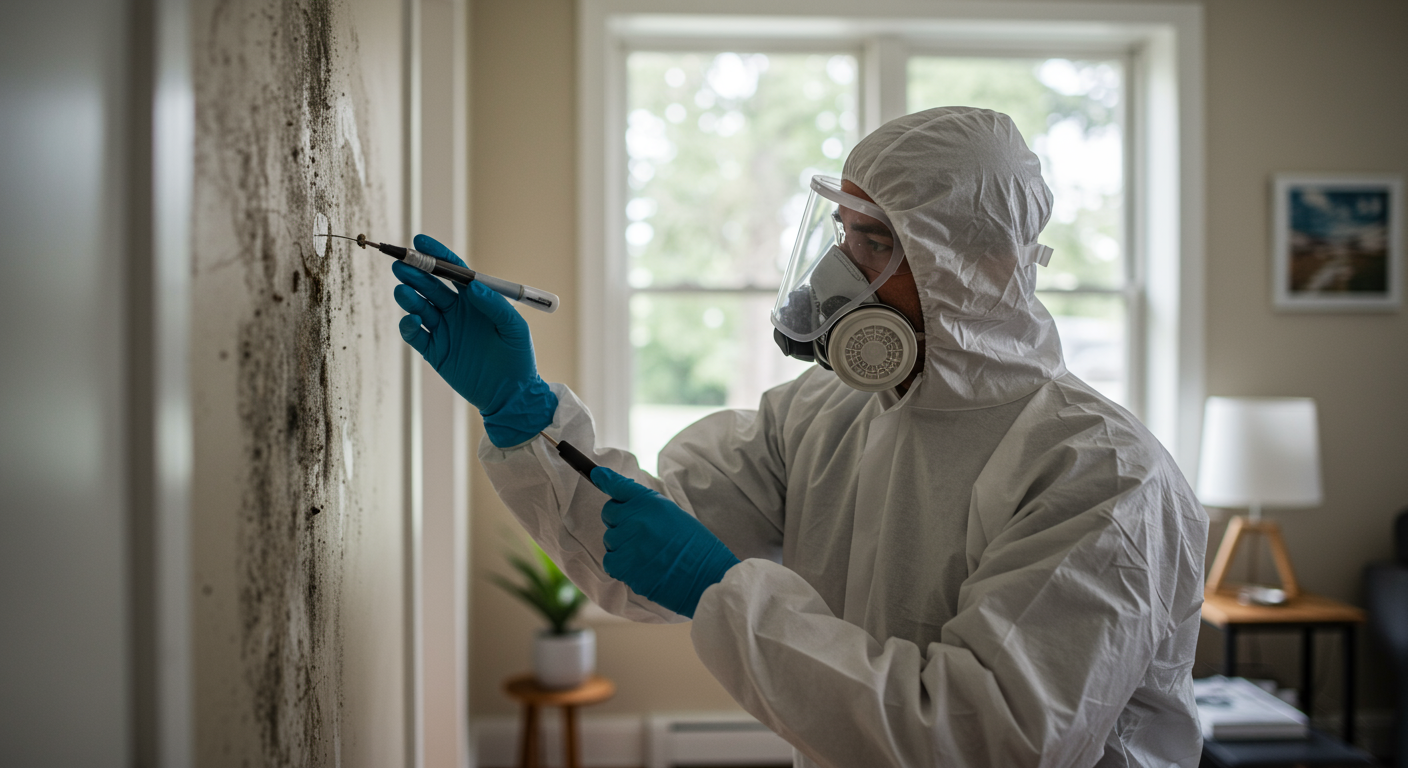Water damage can be a homeowner’s worst nightmare, causing structural issues, health risks, and costly repairs. In Beaverton, OR, where unpredictable weather and aging infrastructure can lead to water-related problems, understanding the water damage restoration process is essential. This guide will walk you through the causes of water damage, the restoration process, and how to prevent future issues.
Understanding Water Damage and Its Causes
Common Causes of Water Damage in Beaverton
Water damage in Beaverton often results from a variety of sources. Heavy rainfall and flooding are common culprits, especially during the wet season. Aging plumbing systems can also lead to leaks or burst pipes, while clogged gutters and poor drainage exacerbate the problem. Additionally, appliance malfunctions, such as washing machine or dishwasher leaks, contribute to water damage in many homes. Recognizing these causes is the first step in preventing extensive damage.
Signs of Water Damage to Look For
Early detection of water damage can save you time and money. Look for visible signs such as water stains on walls or ceilings, peeling paint, and warped flooring. A musty odor often indicates mold growth, which thrives in damp environments. Other signs include increased humidity levels, rusted pipes, and unexplained spikes in your water bill. Addressing these issues promptly can prevent further damage and costly repairs.
The Water Damage Restoration Process
Initial Assessment and Inspection
The restoration process begins with a thorough assessment of the affected area. Professionals use advanced tools like moisture meters to determine the extent of the damage. This step is crucial for identifying hidden water pockets and developing a tailored restoration plan. The inspection also helps prioritize areas that need immediate attention to prevent further deterioration.
Water Extraction Techniques
Once the assessment is complete, the next step is water extraction. Using industrial-grade pumps and vacuums, restoration experts remove standing water from the property. This step is vital to minimize structural damage and reduce the risk of mold growth. Quick and efficient water removal sets the stage for the drying process.
Structural Drying and Dehumidification
After water extraction, the focus shifts to drying and dehumidifying the affected areas. High-powered fans and dehumidifiers are strategically placed to eliminate moisture from walls, floors, and furniture. This process prevents secondary damage, such as wood rot and mold infestation, ensuring your home is safe and habitable.
Final Inspection and Restoration
The final step involves a comprehensive inspection to ensure all moisture has been removed. Restoration experts repair or replace damaged materials, such as drywall and flooring, to restore your home to its original condition. This stage may also include applying antimicrobial treatments to prevent mold growth, ensuring a safe and healthy living environment.

Choosing the Right Restoration Company in Beaverton
What to Look for in a Water Damage Restoration Service
Selecting the right restoration company is critical for a successful recovery. Look for certified professionals with experience in handling water damage in Beaverton. A reliable company should offer 24/7 emergency services, as quick response times are crucial in minimizing damage. Additionally, check for positive customer reviews and a proven track record of successful restorations.
Importance of Certification and Experience
Certification from organizations like the Institute of Inspection, Cleaning, and Restoration Certification (IICRC) ensures that the company follows industry standards. Experienced professionals are better equipped to handle complex situations, such as extensive structural damage or mold remediation. Choosing a certified and experienced team guarantees quality work and peace of mind.
Preventing Future Water Damage
Tips for Homeowners in Beaverton
Prevention is always better than cure. Regularly inspect your home for potential water damage risks, such as leaks and clogged gutters. Install a sump pump in your basement to prevent flooding, and consider investing in a water leak detection system. Simple measures like sealing windows and doors can also protect your home from water intrusion during heavy rains.
Regular Maintenance and Inspection Recommendations
Routine maintenance is key to preventing water damage. Schedule regular inspections of your plumbing system, roof, and foundation. Clean your gutters and downspouts to ensure proper drainage, and check for signs of wear and tear in your appliances. By staying proactive, you can avoid costly repairs and keep your home safe and dry.
For more insights on protecting your home, explore our expert water damage and mold removal services in Beaverton, OR.
Water damage restoration is a complex process that requires expertise and prompt action. By understanding the causes, recognizing the signs, and following the restoration steps outlined in this guide, homeowners in Beaverton, OR, can effectively recover from water damage. Choosing the right restoration company and implementing preventive measures will ensure your home remains safe and secure for years to come.


